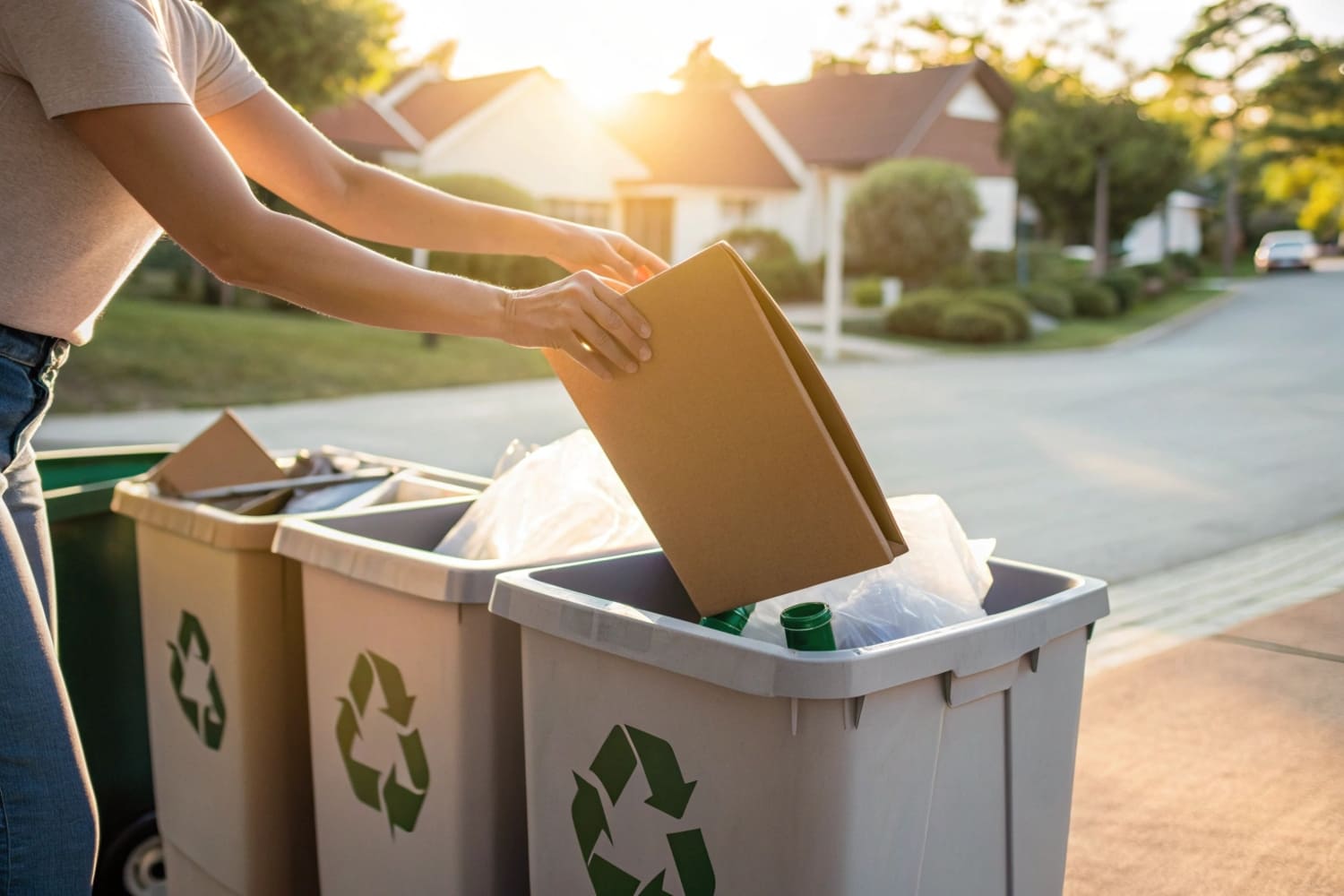I see more brands ask about green packaging. Many worry about rules. I face the same questions from my own display clients.
Yes. Most folding cartons are recyclable through standard paper and cardboard streams if they are clean, dry, and free from plastic, metal, or food residues. Check local rules and remove liners, windows, magnets, or labels before recycling.
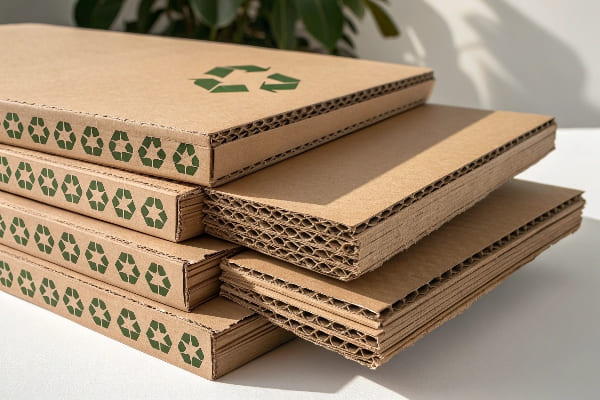
I keep this guide simple. I answer common doubts fast. I also share what I learned from making cardboard displays every day in Shenzhen.
Are all cartons recyclable?
Many people think all paper goes in one bin. It does not. Some cartons have mix materials. That mix can confuse sorters and buyers.
No. Not all cartons are recyclable. Paper-only cartons are usually fine. Multi-layer or plastic-lined cartons may need special programs. Always check local guidance and remove non-paper parts first.
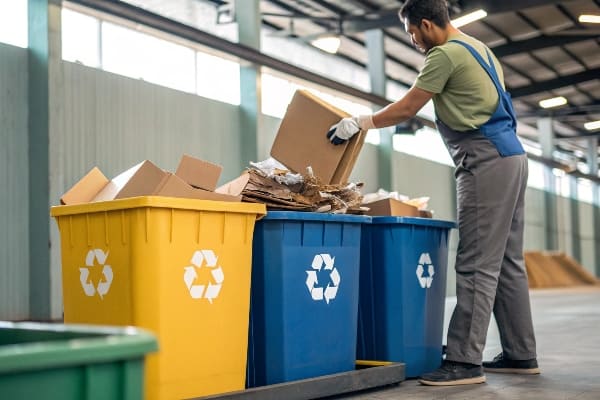
What determines recyclability
I work with folding cartons and display packaging each week. I ship to the US, Canada, the UK, and Australia. I see how rules vary. I use simple checks before I design anything for a client.
| Factor | Why it matters | What I do in projects |
|---|---|---|
| Fiber type | Long, clean fibers resell well | Choose FSC paperboard with high recycled content1 |
| Coatings | Plastic films block pulping | Prefer water-based varnish over plastic lamination |
| Add-ons | Magnets, ribbons, windows add cost | Design snap locks and paper hooks instead |
| Food residue | Contaminants lower grade | Tell clients to keep packaging clean and dry |
| Local rules | MRFs set the standard | Check city rules during design stage |
I keep designs simple. I avoid PET windows unless a client demands them. I avoid foil unless the brand needs a premium look. If a window is a must, I make it easy to tear off. That saves time at the sorting line. When I print with water-based inks2, my cartons pass pulping tests more often. When a buyer like David at Barnett Outdoors plans a hunting gear launch, he wants speed and green claims. I plan the dieline to use one paper grade, one varnish, and no foam. This keeps recycling clear. It also keeps cost down.
Can you recycle carton boxes?
People ask me this on calls. They hold a mailer box in one hand and a trash bag in the other. They want a fast yes or no.
Yes, you can recycle carton boxes if they are made of paperboard or corrugated, are dry, and have tape, labels, and inserts removed. Flatten them and place them in the paper or cardboard stream.
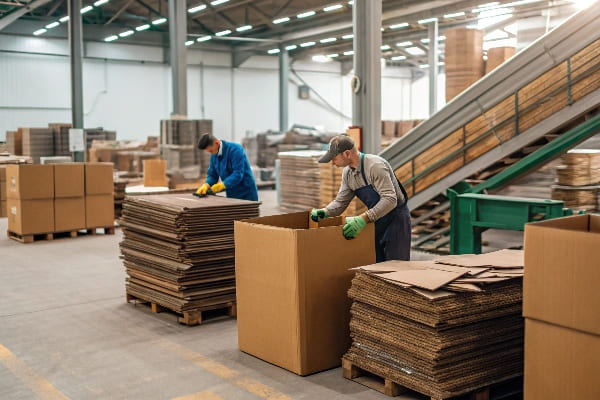
How to prepare boxes the right way
I run three production lines for cardboard displays. I see how small steps help recycling3 and shipping. I follow the same steps in my warehouse and teach them to clients.
| Step | Action | Reason |
|---|---|---|
| 1 | Empty the box | No foam, no plastic bags left inside |
| 2 | Remove tape and labels | Less contamination, higher fiber yield |
| 3 | Tear off plastic handles | Mixed materials reduce value |
| 4 | Flatten the box | Saves space, lowers transport cost4 |
| 5 | Keep it dry | Wet fibers break and mold forms |
I also tell clients to avoid glossy plastic lamination. A light aqueous coating looks good and still recycles. When a retailer asks for strong boxes, I use stronger fluting or better board grade, not plastic film. In one holiday project, we cut tape use by 40% with slot-lock designs. The store team loved it. The recycler paid a better price for the used boxes. Small design choices drive both sales and recovery rates. This is how I link cost, speed, and sustainability in real work.
What are folding cartons?
Many buyers mix up folding cartons and corrugated boxes. The terms sound close. The materials and uses are not the same.
Folding cartons are paperboard packages that ship flat, then fold into shape for retail use. They differ from corrugated boxes. They use solid paperboard, not fluted board, and they focus on branding and shelf impact.
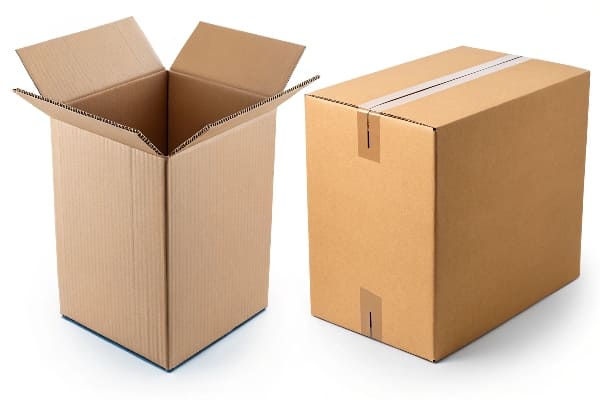
Structure, uses, and key choices
I design folding cartons for lightweight goods. I use them for cosmetics, small electronics, snacks, and test kits. I like them because they print well and fold fast on the line.
| Aspect | Folding Carton5 | Corrugated Box |
|---|---|---|
| Material | Solid bleached or unbleached paperboard | Fluted corrugated board |
| Primary goal | Branding and shelf display | Shipping and protection |
| Typical thickness | 250–400 gsm | Single-wall to triple-wall |
| Printing | High-quality graphics | Good, but often simpler |
| Shipping state | Ships flat, pops up | Ships flat, assembles with tabs or tape |
Common styles include reverse-tuck, straight-tuck, crash-lock bottom6, and sleeve. I choose crash-lock when speed matters. I choose straight-tuck for a clean front edge. I keep dielines tight to reduce trim waste. I avoid plastic windows unless needed. If a client wants a premium feel, I suggest soft-touch aqueous varnish, not lamination. When we built counter displays for a new broadhead line for David’s team, we used a folding-carton base inside the display. It held units upright and looked neat. It was 100% paper. It shipped flat. The store staff set it up in minutes. This small choice cut air freight weight and made recycling easy after the promotion.
What can cartons be recycled into?
People want to know the end of the story. They ask me what their effort creates. I like to show the loop.
Recycled cartons often become tissue, towel, linerboard, new folding cartons, chipboard, and molded fiber trays. Clean, long fibers go back into packaging. Mixed or shorter fibers go into papers and boards.
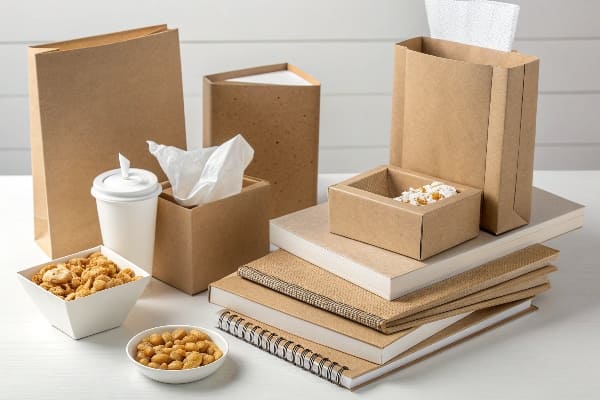
The fiber loop in practice
I work with mills that buy post-consumer bales7. They sort, repulp, screen, and wash. Good fibers return to packaging. This loop saves trees and energy. It also protects brands that promise green goals.
| Output | Uses | Notes |
|---|---|---|
| Linerboard & medium | Corrugated boxes | Needs stronger fibers and low contamination |
| Folding boxboard | Retail cartons | Works with high-quality recycled pulp blend |
| Chipboard | Shoe boxes, game boards | Tolerates more mixed content |
| Tissue & towel | Household papers | Uses shorter fibers |
| Molded fiber | Egg trays, inner trays | Replaces plastic inserts |
I design with this loop in mind. I mark “paper only” on the flap. I make tear-off windows and magnet pockets. I keep glue to the needed areas. My team uses water-based inks8 and low-VOC coatings. I test strength with load and transport checks. These habits sound small. They add up. When David runs a tight launch calendar, we cannot risk returns from crushed packs. We also cannot ship plastic-heavy displays. So we use smarter structures, not mixed materials. After the season, stores bale the cartons and displays. The bales travel a short route to a mill. Parts of those fibers return as new cartons for the next run. That is a simple and strong story to tell buyers and consumers.
Conclusion
Most folding cartons can be recycled if we design simple, separate materials, and keep them clean. Good design lowers cost, speeds launches, and keeps fibers in the loop.
Understanding FSC paperboard can enhance your knowledge of sustainable packaging and its impact on recycling. ↩
Exploring water-based inks can reveal eco-friendly printing options that improve recyclability and sustainability. ↩
Explore this link to discover effective recycling practices that can enhance sustainability and reduce waste. ↩
Learn strategies to minimize transport costs, which can significantly impact your overall shipping expenses. ↩
Explore the advantages of folding cartons, including their printing quality and efficiency in production, which can enhance your packaging strategy. ↩
Learn about crash-lock bottoms and how they can improve packaging speed and efficiency, making them ideal for fast-paced production environments. ↩
Understanding post-consumer bales can enhance your knowledge of sustainable practices in recycling and packaging. ↩
Exploring water-based inks will reveal their environmental benefits and how they contribute to greener packaging solutions. ↩

